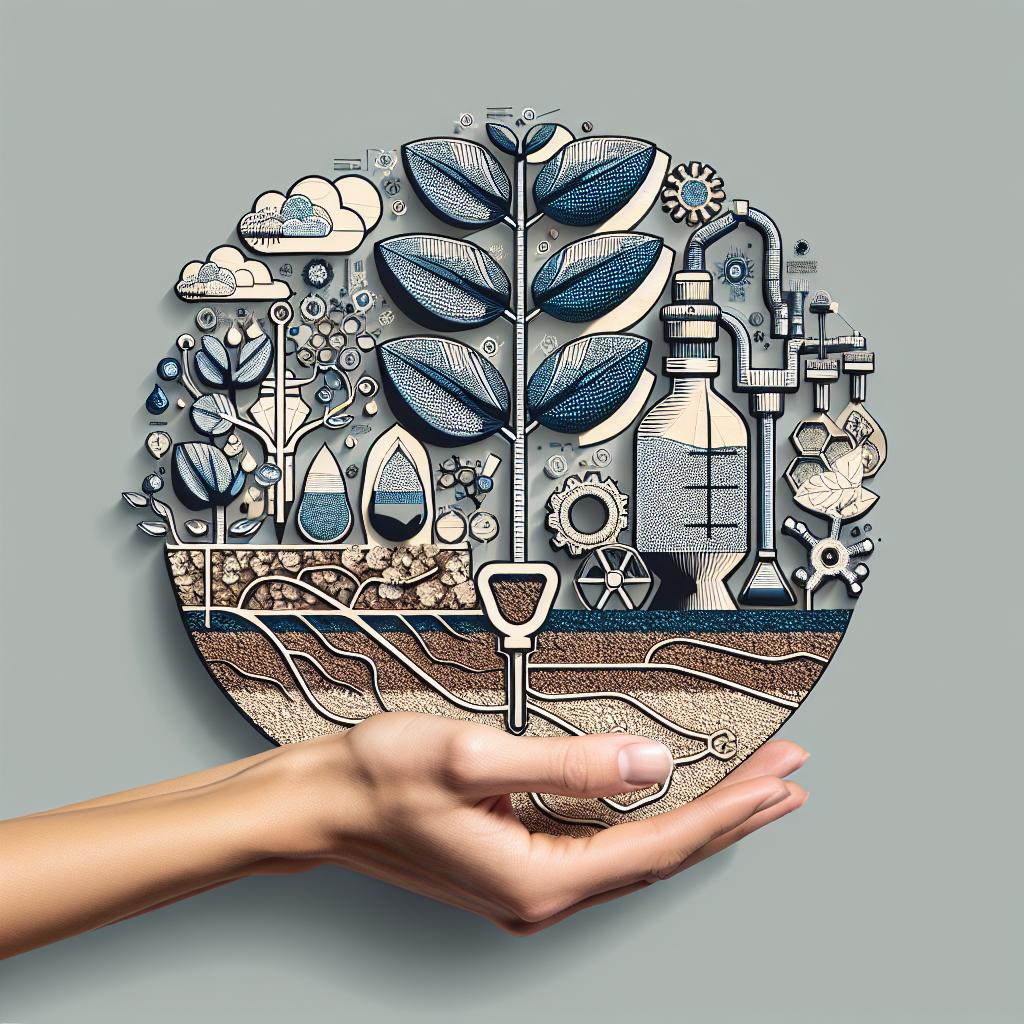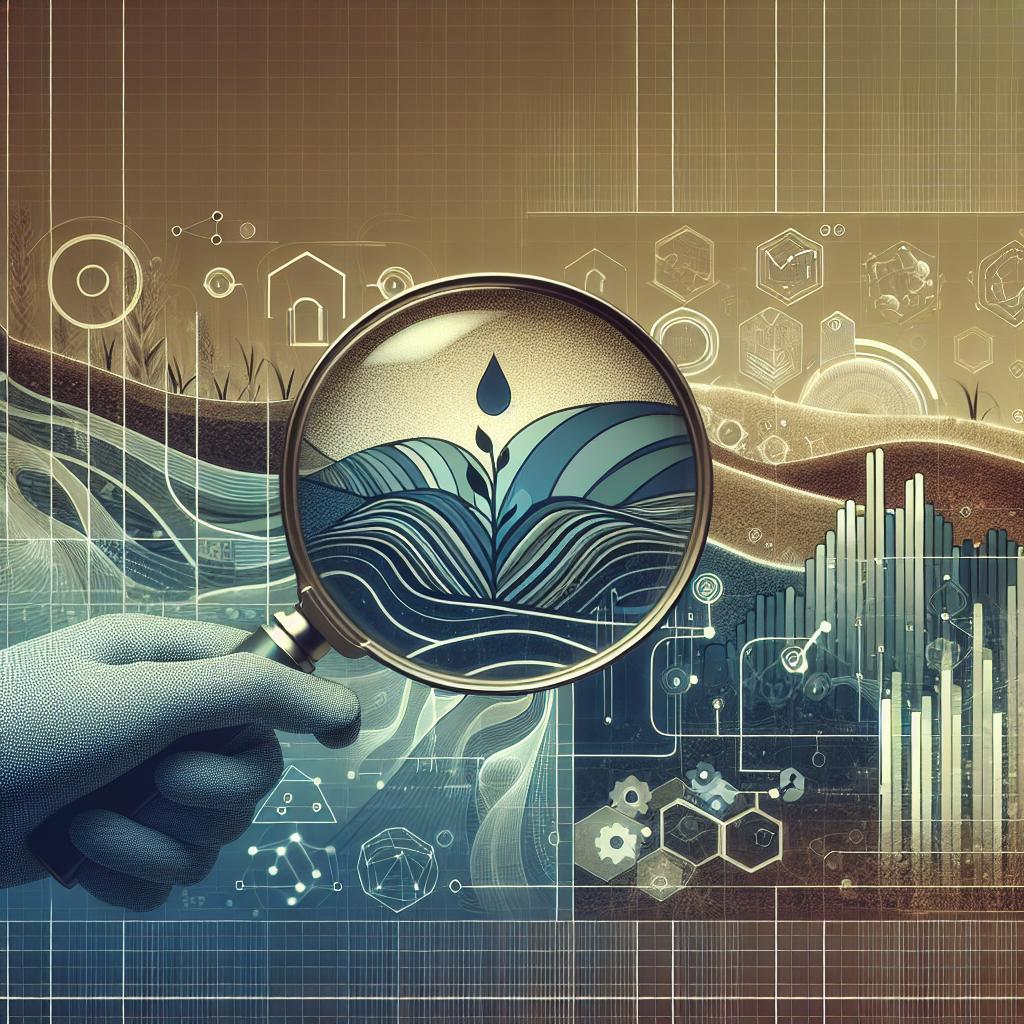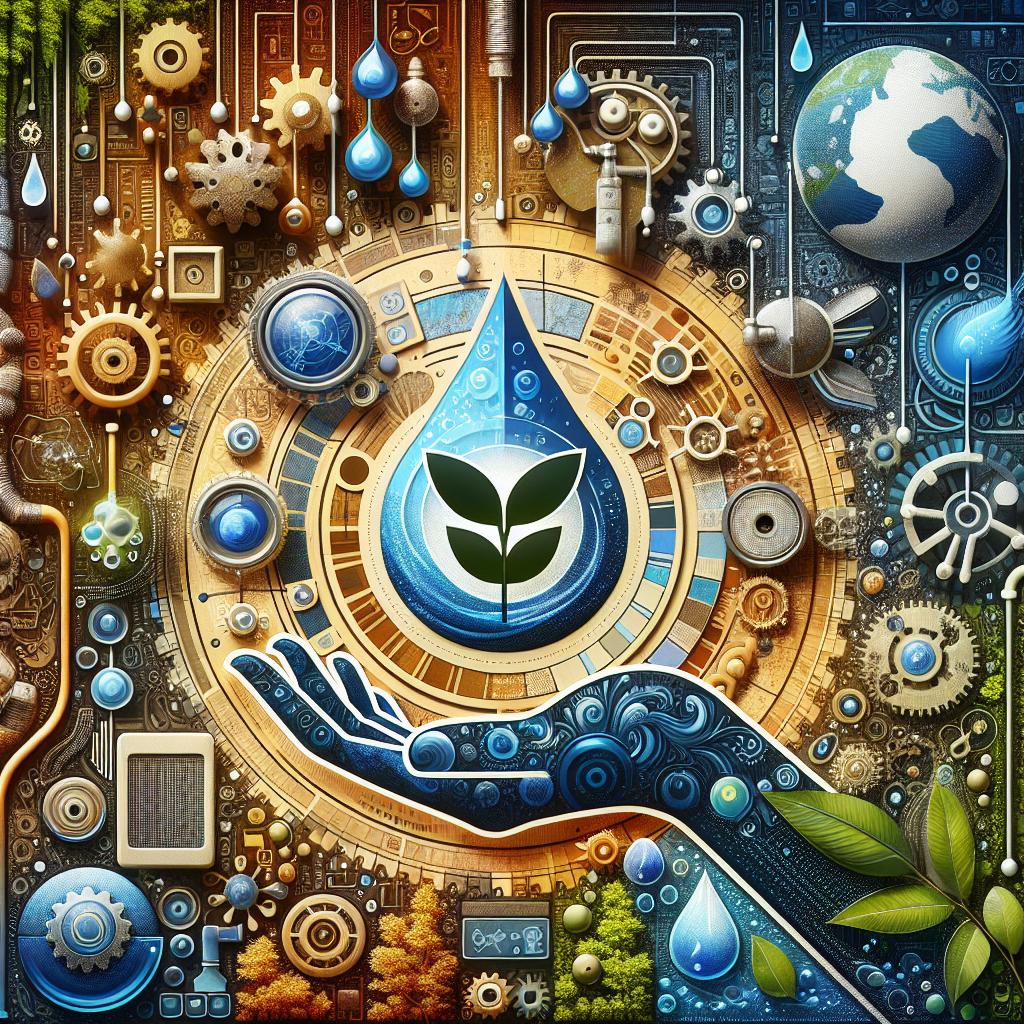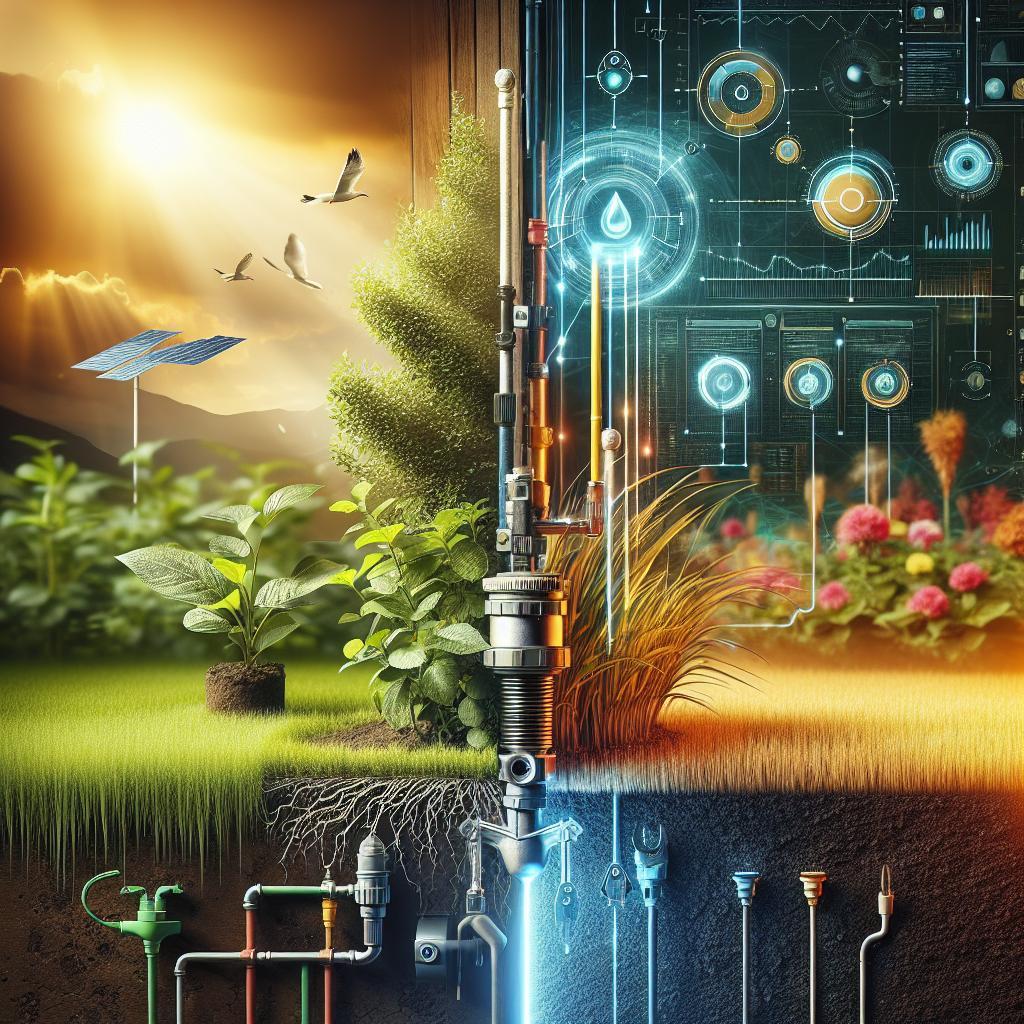This post may contain affiliate links which means I may receive a commission for purchases made through links. Learn more on my Private Policy page.
Have you ever found yourself staring out at your garden, wondering if your plants are thirsty or perfectly hydrated? It’s a dilemma that many gardeners face, especially in an age where water conservation is more significant than ever. Enter the unsung hero of the irrigation world: soil moisture sensors! These little gadgets may look unassuming, but they hold the key to creating a more efficient and sustainable watering system. Imagine saying goodbye to overwatering and underwatering, and hello to happy, healthy plants that thrive on just the right amount of moisture. In this article, we’ll explore how incorporating soil moisture sensors into your irrigation system can transform your gardening game, save you time, conserve precious water, and leave you with lush greenery that flourishes year-round. So grab your trowel and let’s dig in!
Selecting the Right Soil Moisture Sensor for Your Garden Goals
Choosing the right soil moisture sensor is essential to achieving your gardening goals, be it nurturing vibrant flowers, growing fresh vegetables, or maintaining a lush lawn. When selecting a sensor, consider the type of plants you are cultivating as different species have varying water needs. additionally, think about the size of your garden as this will determine how many sensors you might require to cover the entire area efficiently. Othre factors include sensor accuracy and response time, which can greatly affect the effectiveness of your irrigation system.
Another crucial aspect is the sensor’s compatibility with your existing irrigation setup. It’s wise to look for sensors that can easily connect with smart irrigation controllers or integrate with irrigation apps for real-time monitoring. check the power source options too, as some sensors run on batteries while others might potentially be solar-powered, which could influence your choice based on convenience and environmental considerations. To help make decisions easier, here’s a rapid comparison chart:
| Sensor Type | Water Needs | Setup Ease | Price Range |
|---|---|---|---|
| Capacitive | Moderate | Easy | $20-$50 |
| Resistive | high | Moderate | $10-$30 |
| Tensiometer | Variable | Challenging | $30-$100 |

Understanding the Data: Interpreting Soil Moisture Readings Effectively
Interpreting soil moisture readings is crucial for optimizing your irrigation system and ensuring your plants thrive. Sensor technology provides real-time data, which can be analyzed to gauge the moisture levels in your soil. To make the moast of these readings, consider the following:
- Understand Calibration: Each sensor model may have different calibration settings, so familiarize yourself with the specific scale used by your device to accurately relate it to your plants’ moisture needs.
- Analyze Trends: Regular data collection allows you to identify moisture trends over time, helping you determine the best irrigation schedule for different seasons or weather conditions.
- Correlate with Weather Data: Integrate your readings with local weather forecasts to optimize watering times; this way,you can avoid over-watering right after rainfall.
To further simplify the monitoring process, you can categorize and summarize your readings in a table format. This can definitely help you visualize the moisture levels across your garden or farm, and make informed decisions about irrigation. Here’s a sample layout:
| Sensor Location | Moisture Level (%) | Status |
|---|---|---|
| North Garden | 30 | Needs Water |
| South Field | 45 | Optimal |
| East Orchard | 20 | Critical Need |
| West Lawn | 50 | Well-Watered |

Integrating Technology: Seamlessly Adding Sensors to Your Irrigation System
Embracing modern technology in your irrigation practices can lead to a plethora of benefits, and integrating soil moisture sensors is a transformative step. These smart devices provide real-time data regarding the moisture levels in your soil, effectively guiding you on when and how much to irrigate.With the ability to analyze moisture trends,you can:
- Optimize Water Usage: Reduce water waste by irrigating only when necessary.
- Enhance crop Health: Maintain consistent soil moisture for healthier plants.
- Automate Your System: Set up your irrigation to respond automatically to changing soil conditions.
Additionally,when implementing these sensors into your irrigation system,consider establishing a network of data collection points across your fields.by strategically placing multiple sensors, you can gain a complete understanding of your soil’s needs. Here’s a simple table depicting sensor types and their benefits:
| Sensor Type | Key Benefits |
|---|---|
| Capacitive Sensors | Durable, low power consumption, and extensive moisture readings. |
| Tensiometers | Provide detailed insights into soil water tension, ideal for sensitive crops. |
| Granular Matrix Sensors | Effective in diverse soil types, offering reliable moisture tracking. |
By combining the advantages of these smart sensors with your existing irrigation setup, you can make data-driven decisions that not only enhance your irrigation efficiency but also promote sustainable agricultural practices. This transformation will not only benefit your crops but also contribute to water conservation efforts in your region.

Maximizing Efficiency: Best practices for Water Conservation with Sensors
Implementing soil moisture sensors in your irrigation system can transform the way you approach water management in your garden or farm. By continuously monitoring soil conditions, these sensors provide real-time data on moisture levels, ensuring that plants receive just the right amount of water. This not only conserves water but also promotes healthier growth by preventing overwatering—a common mistake among even seasoned gardeners. Additionally, integrating these sensors with automated irrigation systems can lead to significant savings, both financially and environmentally.
To maximize the benefits of your soil moisture sensors, consider the following best practices:
- Placement: Position sensors at various soil depths to get a comprehensive view of moisture levels and root zone availability.
- Calibration: Regularly calibrate sensors to ensure accurate readings, taking into account different soil types and conditions.
- Data Utilization: Use the data collected to create an irrigation schedule; this can be especially useful during seasonal changes or drought periods.
- Combine Technologies: Pair sensors with weather forecasting tools for a more responsive irrigation system.
Concluding Remarks
integrating soil moisture sensors into your irrigation system isn’t just a smart move—it’s a sustainable choice that benefits both your garden and the planet. By harnessing the power of technology, you can ensure that your plants receive just the right amount of water they need to thrive, minimizing waste and maximizing growth. Whether you’re a seasoned gardener or just starting out, these little sensors can transform your approach to watering, making it more efficient and effective.
So, as you embark on this exciting journey into the world of smart gardening, remember that every drop counts. Embrace the future of irrigation, and watch your garden flourish! Happy gardening, and may your plants be perfectly hydrated! 🌱💧
This post may contain affiliate links which means I may receive a commission for purchases made through links. Learn more on my Private Policy page.

